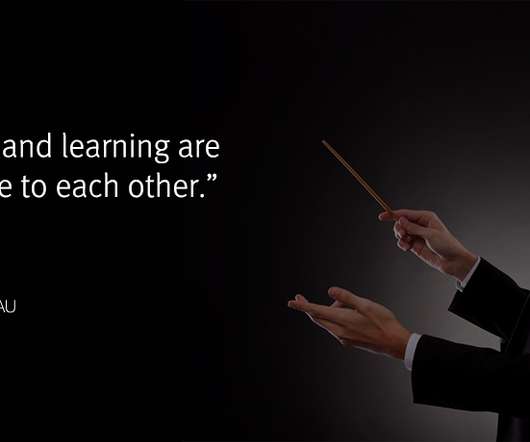Two Million Vacant Manufacturing Jobs by 2025…How Can We Tackle the Skills Gap?
GlobalTranz
AUGUST 20, 2015
Approximately 60 percent of today's unfilled manufacturing jobs are due to a shortage of applicants with sufficient proficiency in science, technology, engineering, and math ( STEM ) skills. IMPO Executive Editor, Anna Wells provides insights into the complicated issue in her article “Why The Manufacturing Skills Gap Is Serious”.

























Let's personalize your content